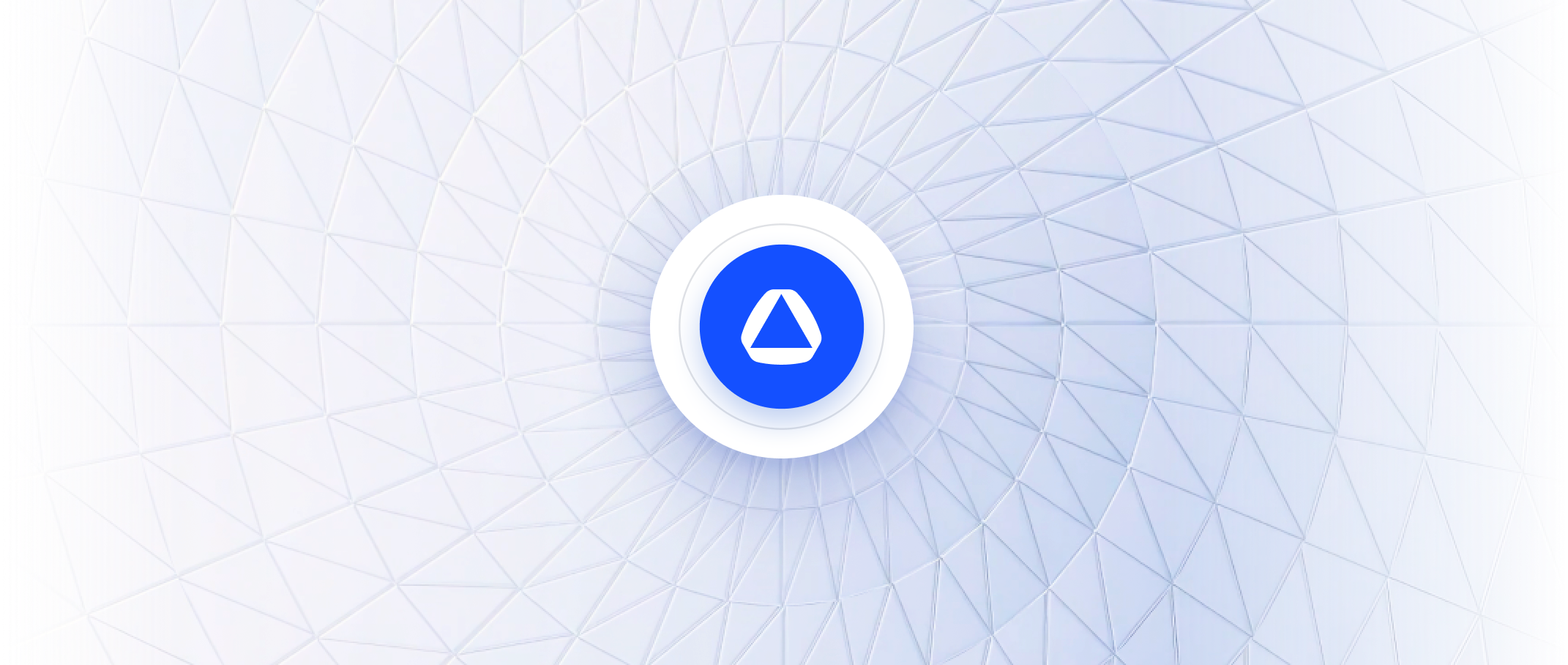
Segmentation is nothing new to marketers. However, marketing segmentation traditionally involved simple things like demographics and geographical location. Now – with behavioural segmentation – marketers can divide customers into groups based on the way they behave too.
This guide explains behavioural segmentation with examples, its role in marketing, the main types of behavioural segmentation, and the best strategies and tools to use.
What is Behavioural Segmentation?
Behavioural segmentation is an audience segmentation approach used in marketing to divide customers into groups based on customers’ behavioural data points and purchasing habits — e.g., by what actions they take, not their age or gender. Each group has specific behavioural patterns, which make it easier to send targeted marketing materials to them.
Behavioural segmentation falls under the broader marketing segmentation but distinguishes segments specifically based on customers’ behavioural data points.
Behavioural Segmentation in Marketing
Behavioural segmentation in marketing involves dividing customers into groups based on their actual behaviours. Customer segmentation is based on similarities in their behavioural patterns – what they do, not who they are, such as:
- Purchase history;
- Channels used — mobile or desktop, social media or email;
- Frequency of purchase;
- Types of products bought;
- Types of content consumed;
- Response to past marketing campaigns.
By analysing behavioural customer data, companies can identify distinct customer segments tied to shared engagement patterns. It allows businesses to create highly targeted marketing strategies for each behaviorally defined segment. In turn, it helps to reduce and optimise the media budget spent on customer acquisition.
Data sources typically include transaction records, website usage tracking, loyalty program activities, online and offline data, and data enrichment techniques, all of which can be easily tracked in a customer data platform such as Zeotap CDP.





